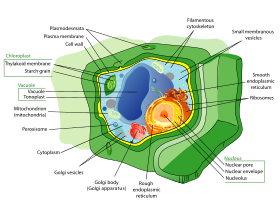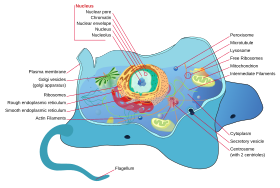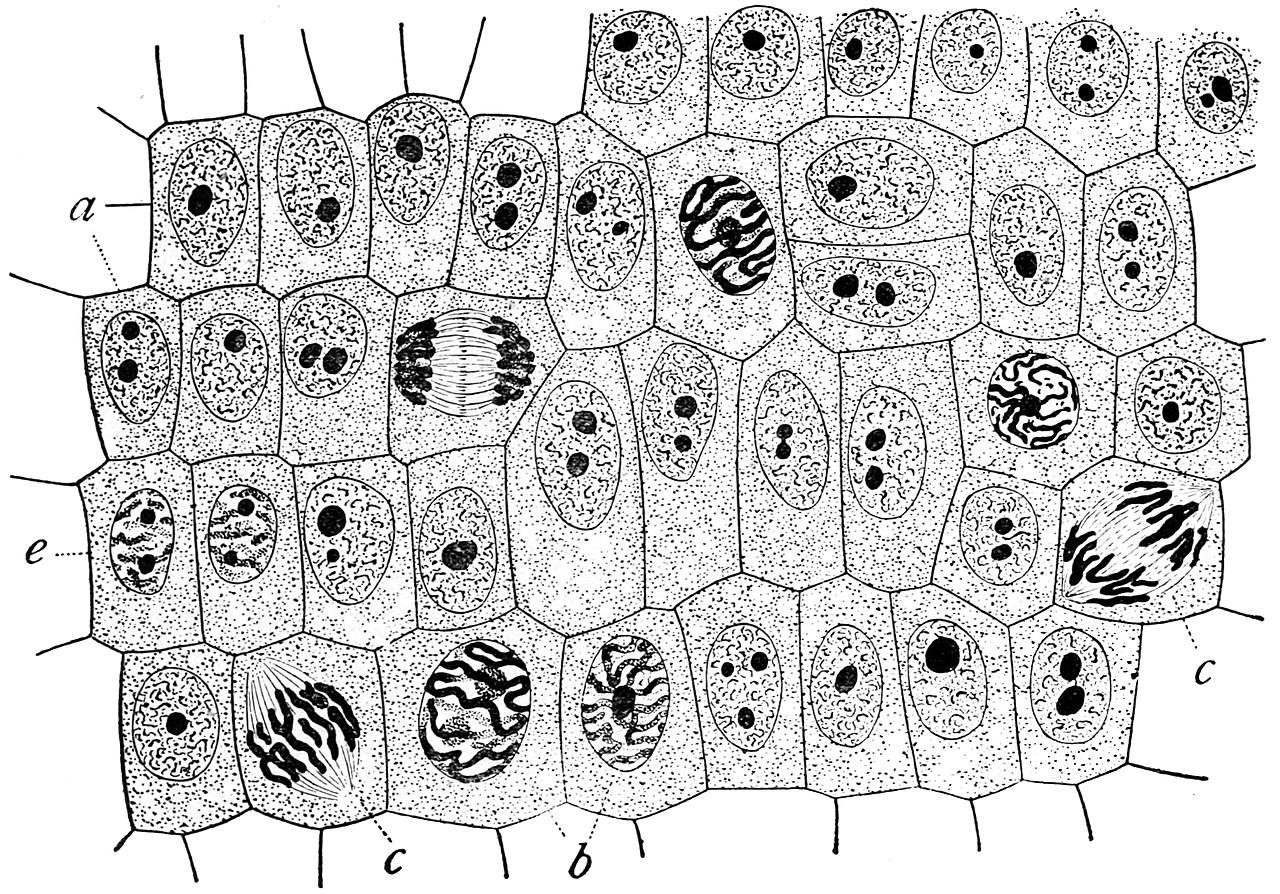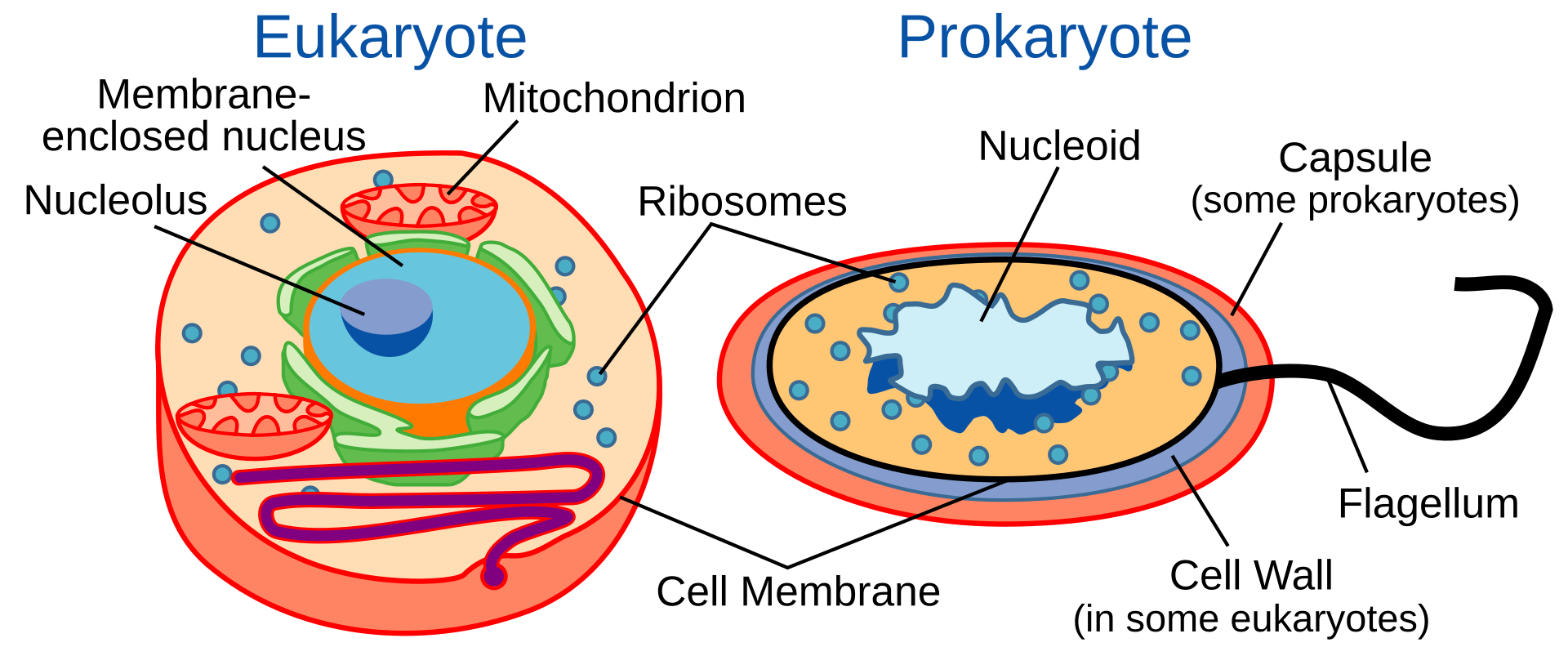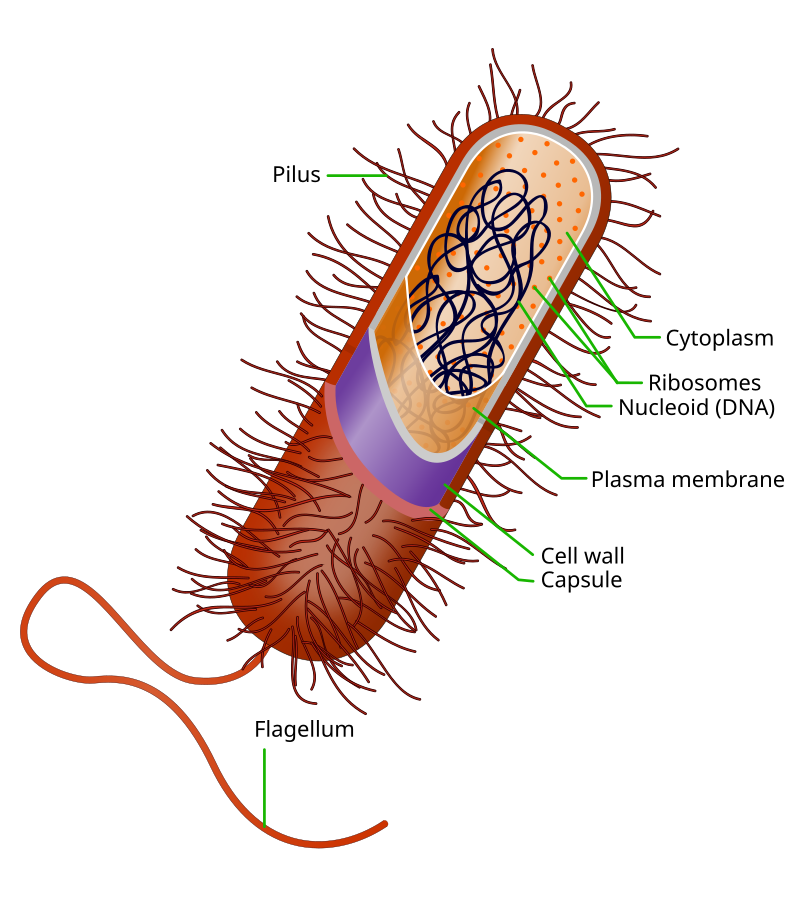What Is Cell Classifier ?
CellClassifier is a tool designed for the classification and analysis of cells, typically using machine learning and computational methods. It leverages advanced algorithms to automate and enhance the process of categorizing cells based on various features and characteristic
Key Features of CellClassifier
1.Automated Cell Classification:
- Machine Learning Algorithms: Uses trained models to classify cells based on their images or other data inputs. This can include identifying cell types, states, or abnormalities.
- Accuracy: Aims to improve accuracy and consistency in cell classification compared to manual methods.
2.Image Analysis:
- Image Segmentation: Breaks down complex images into individual cells or regions of interest for more precise analysis.
- Feature Extraction: Analyzes cell features such as shape, size, and texture to aid in classification.
3.User-Friendly Interface:
- Ease of Use: Designed to be intuitive, allowing users to upload images, select parameters, and view results without needing deep technical expertise.
- Visualization: Provides visual feedback and reports to help users understand the classification results.
4.Integration with Research:
- Data Handling: Capable of handling large datasets, which is crucial for research involving numerous cell samples.
- Export Options: Allows users to export results and integrate them with other data analysis tools or research workflows.
5.Customizable Models:
- Training and Fine-Tuning: Users can train models on their own datasets to improve accuracy for specific applications or cell types.
- Adaptive Learning: May incorporate feedback to continuously improve model performance over time.
Multicellular organisms
All higher multicellular organisms contain cells specialised for different functions. Most distinct cell types arise from a single totipotent cell that differentiates into hundreds of different cell types during the course of development. Differentiation of cells is driven by different environmental cues (such as cell–cell interaction) and intrinsic differences (such as those caused by the uneven distribution of molecules during division). Multicellular organisms are composed of cells that fall into two fundamental types: germ cells and somatic cells. During development, somatic cells will become more specialized and form the three primary germ layers: ectoderm, mesoderm, and endoderm. After formation of the three germ layers, cells will continue to specialize until they reach a terminally differentiated state that is much more resistant to changes in cell type than its progenitors.
The simplest organism considered to have well defined cell types are some volvoceans, such as Volvox carteri, in which each organism is composed of distinct and interdependent cell populations, some somatic and some reproductive.
Cell types
Prokaryotic cells
Prokaryotes include bacteria and archaea, two of the three domains of life. Prokaryotic cells were the first form of life on Earth, characterized by having vital biological processes including cell signaling. They are simpler and smaller than eukaryotic cells, and lack a nucleus, and other membrane-bound organelles. The DNA of a prokaryotic cell consists of a single circular chromosome that is in direct contact with the cytoplasm. The nuclear region in the cytoplasm is called the nucleoid. Most prokaryotes are the smallest of all organisms, ranging from 0.5 to 2.0 μm in diameter.
Enclosing the cell is the cell envelope, generally consisting of a plasma membrane covered by a cell wall which, for some bacteria, may be further covered by a third layer called a capsule. Though most prokaryotes have both a cell membrane and a cell wall, there are exceptions such as Mycoplasma (bacteria) and Thermoplasma (archaea) which only possess the cell membrane layer. The envelope gives rigidity to the cell and separates the interior of the cell from its environment, serving as a protective filter. The cell wall consists of peptidoglycan in bacteria and acts as an additional barrier against exterior forces. It also prevents the cell from expanding and bursting (cytolysis) from osmotic pressure due to a hypotonic environment. Some eukaryotic cells (plant cells and fungal cells) also have a cell wall.
Inside the cell is the cytoplasmic region that contains the genome (DNA), ribosomes and various sorts of inclusions. The genetic material is freely found in the cytoplasm. Prokaryotes can carry extrachromosomal DNA elements called plasmids, which are usually circular. Linear bacterial plasmids have been identified in several species of spirochete bacteria, including members of the genus Borrelia notably Borrelia burgdorferi, which causes Lyme disease.Though not forming a nucleus, the DNA is condensed in a nucleoid. Plasmids encode additional genes, such as antibiotic resistance genes.
On the outside, some prokaryotes have flagella and pili that project from the cell's surface. These are structures made of proteins that facilitate movement and communication between cells.
Eukaryotic cells
Plants, animals, fungi, slime moulds, protozoa, and algae are all eukaryotic. These cells are about fifteen times wider than a typical prokaryote and can be as much as a thousand times greater in volume. The main distinguishing feature of eukaryotes as compared to prokaryotes is compartmentalization: the presence of membrane-bound organelles (compartments) in which specific activities take place. Most important among these is a cell nucleus, an organelle that houses the cell's DNA. This nucleus gives the eukaryote its name, which means "true kernel (nucleus)". Some of the other differences are:
The plasma membrane resembles that of prokaryotes in function, with minor differences in the setup. Cell walls may or may not be present.
The eukaryotic DNA is organized in one or more linear molecules, called chromosomes, which are associated with histone proteins. All chromosomal DNA is stored in the cell nucleus, separated from the cytoplasm by a membrane.Some eukaryotic organelles such as mitochondria also contain some DNA.
Many eukaryotic cells are ciliated with primary cilia. Primary cilia play important roles in chemosensation, mechanosensation, and thermosensation. Each cilium may thus be "viewed as a sensory cellular antennae that coordinates a large number of cellular signaling pathways, sometimes coupling the signaling to ciliary motility or alternatively to cell division and differentiation.
Motile eukaryotes can move using motile cilia or flagella. Motile cells are absent in conifers and flowering plants.[citation needed] Eukaryotic flagella are more complex than those of prokaryotes.
